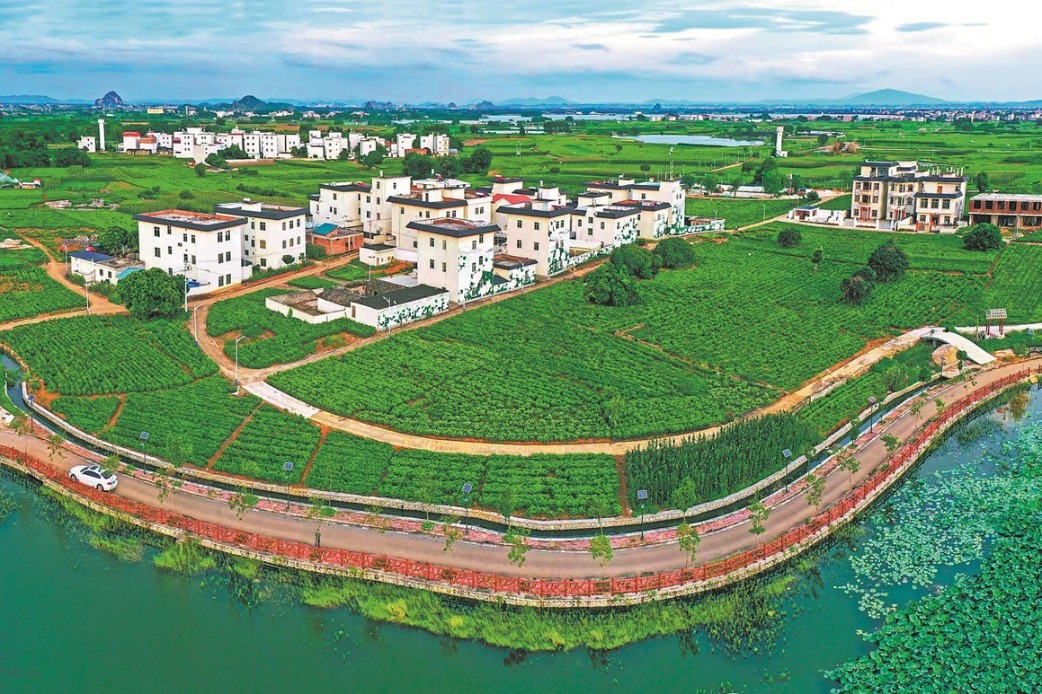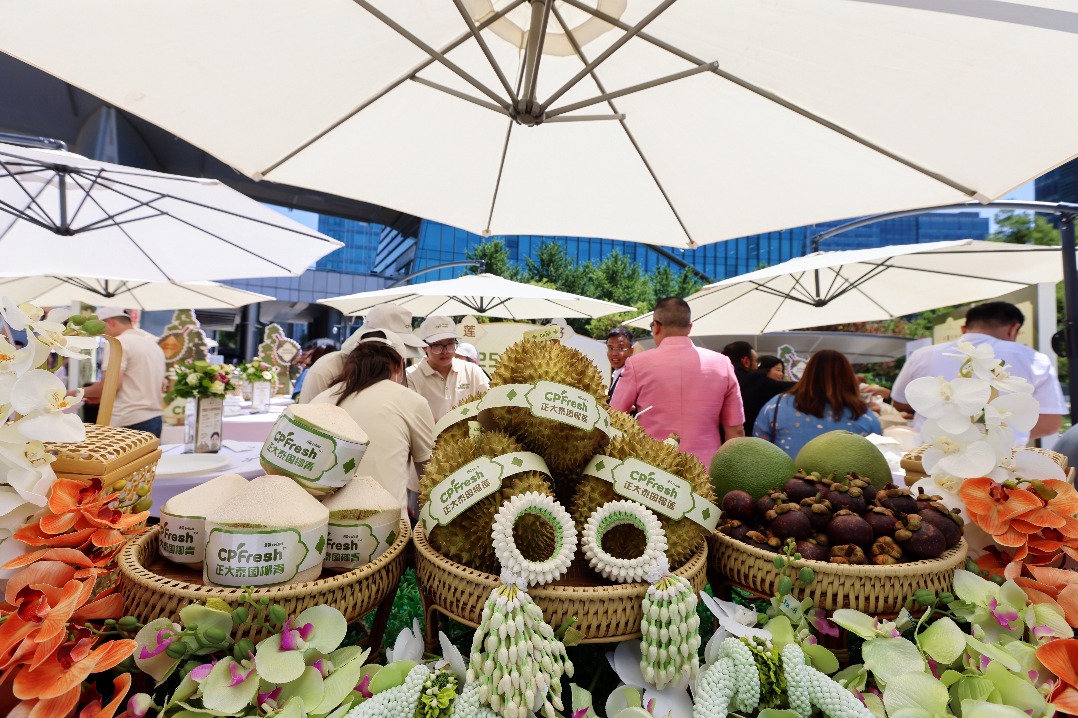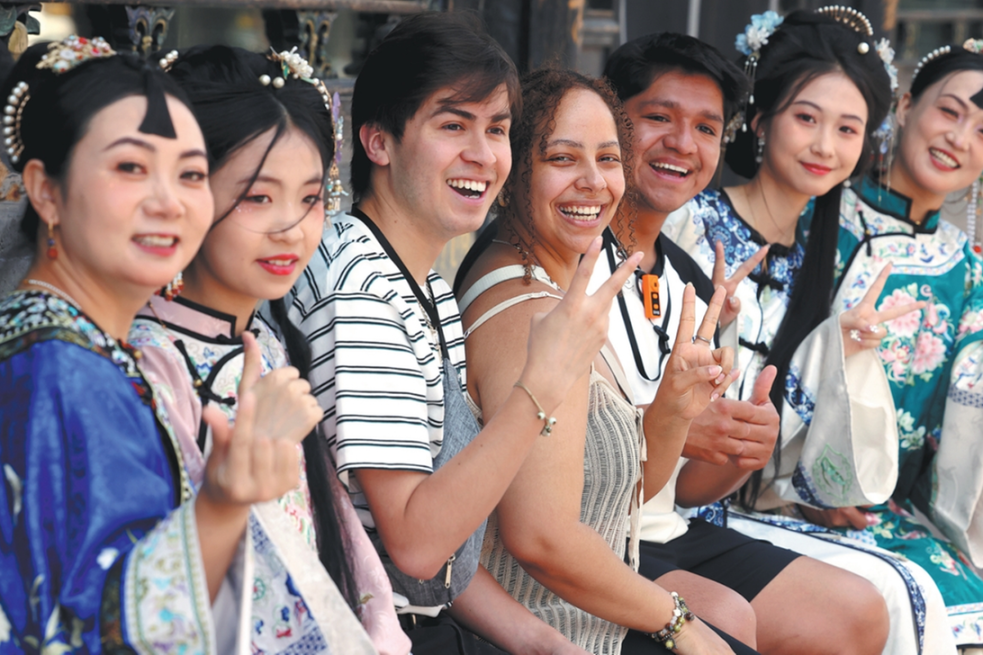Hengzhou's jasmine flower industry now in full bloom
From special drinks to high-tech AI cultivation, city reaps agricultural benefits

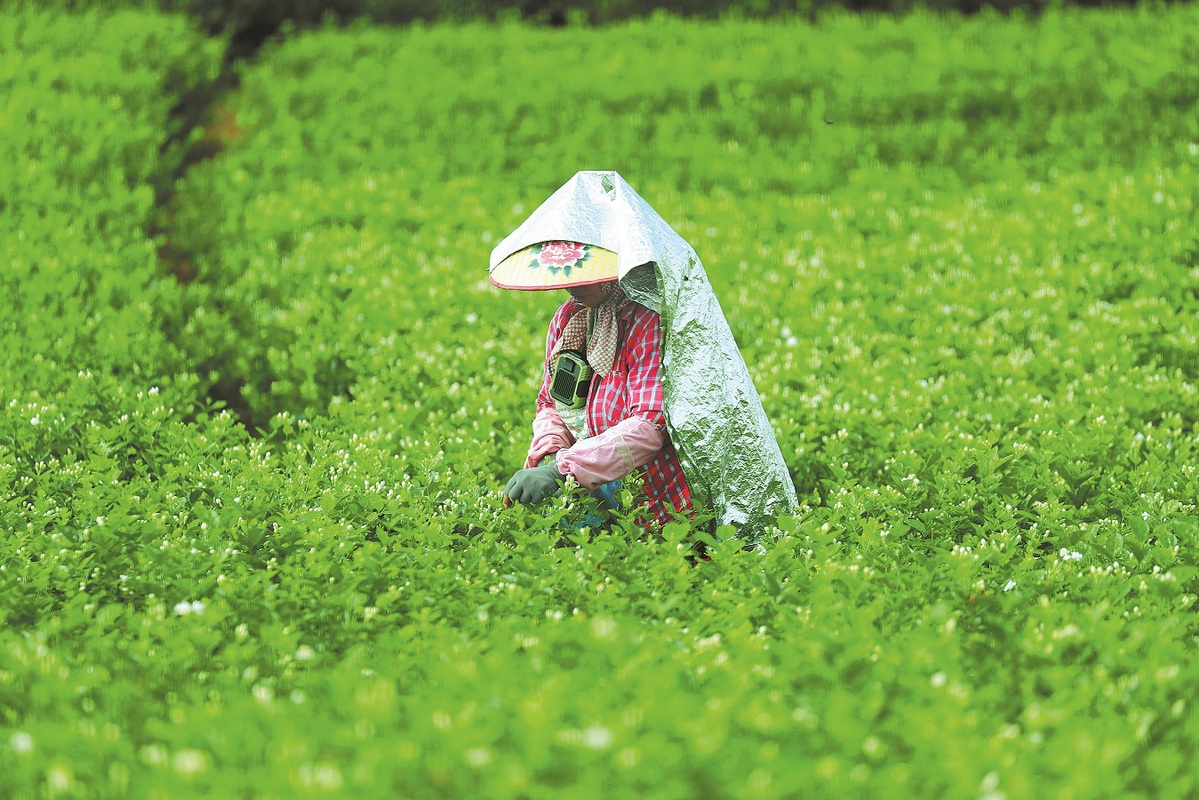
Ancient roots
Jasmine cultivation in Hengzhou dates back centuries.
Brought to China via the ancient Silk Road during the Eastern Han Dynasty (25-220), jasmine eventually took root in the city. In 1521, during the Ming Dynasty (1368-1644), local records describe how jasmine bloomed year-round, entwining itself in fences and filling fields.
Hengzhou, known as China's jasmine capital, produces over 80 percent of the country's fresh jasmine flowers and jasmine tea, and more than 60 percent of the world's supply, according to local authorities.
The jasmine fields stretch across more than 86.67 square kilometers, enough to cover Manhattan Island one and a half times.
The centuries-old agricultural production methods remain, but they are now being transformed. Thanks to Digital Jasmine, a locally developed smart platform, farmers can check real-time prices at four major markets in the city, and get cultivation tips using a WeChat mini program.
"We hope to help every single jasmine flower grow well with the power of AI," said Chen Lufei, deputy general manager of Guangxi Talent Cloud Co, the company behind the platform.
With a vast database containing millions of images, the platform's AI tools allow farmers to snap a photo of a diseased leaf and receive a diagnosis and control plan within seconds, she said.
Artificial intelligence is also being used to estimate yields. Smart cameras installed in the fields automatically capture images of jasmine buds each day. Using image recognition, the system identifies flowers ready for harvest and, combined with yield models and data, helps estimate the day's total output.
The Digital Jasmine system also spans other key areas like digital agriculture and digital governance.
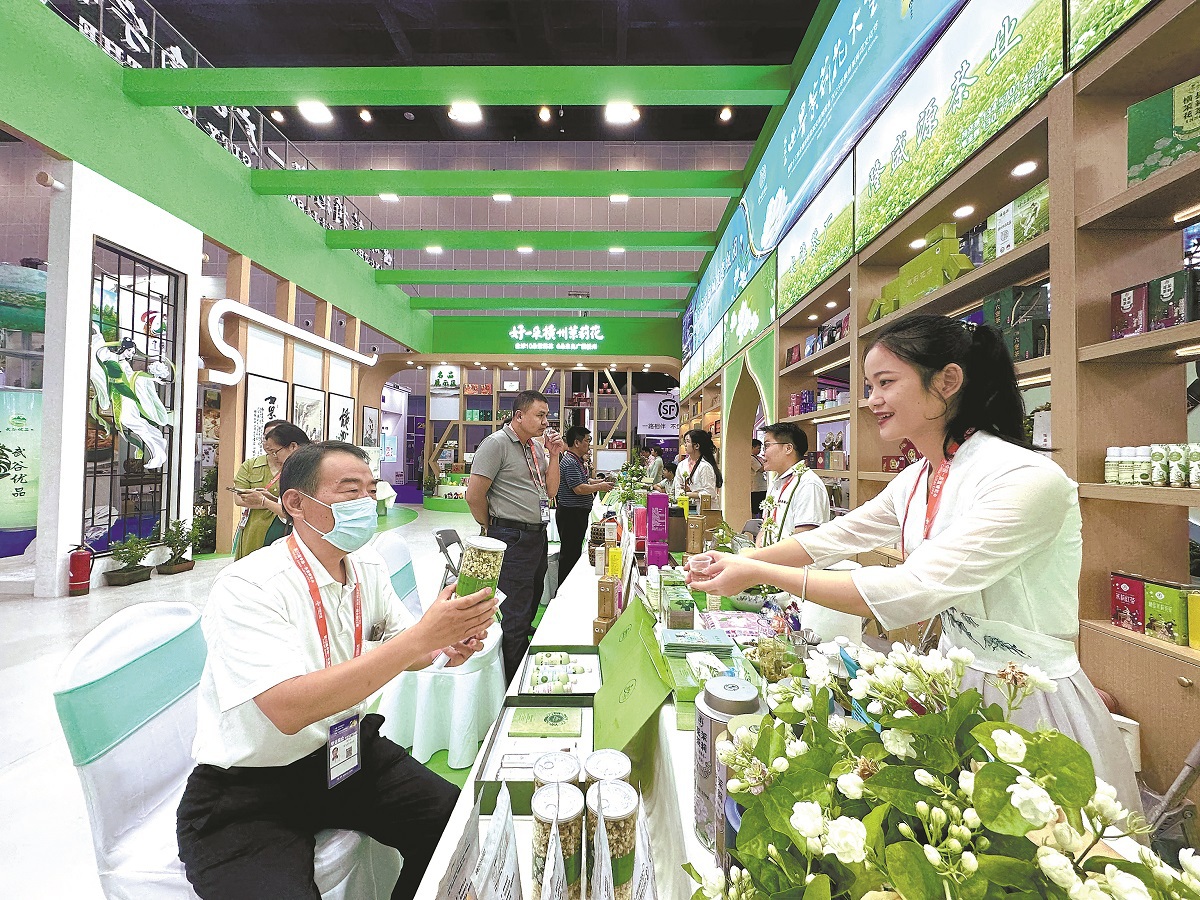
At the China Jasmine Garden around 6.67 sq km of demonstration fields are equipped with smart sensors that monitor soil, water, and weather conditions.
This information is fed into models that guide farmers on soil improvement, pesticide use, and yield forecasts, offering them real-time production advice on their phones.
Farmers also access weather updates, pest and disease identification, and treatment recommendations, Chen said.
Digital Jasmine is the core AI-powered industry application supporting rural revitalization in Hengzhou.
"Jasmine planting is becoming more standardized and scientific," said Cai Wanhong, the Party secretary of Shijing village, who manages over four hectares in the China Jasmine Garden.
Other smart technologies are embedding themselves in jasmine cultivation in Hengzhou. In mid-May, an AI-powered robot was spotted in the fields, assisting with flower picking. Equipped with visual sensors, these machines guide twin mechanical arms to gently pluck buds beneath the foliage and deposit them in storage containers.
"Hengzhou has been exploring ways to upgrade its traditional industries," said Chen Yongjing, deputy director of the Hengzhou Jasmine Industry Service Center, in an interview with CGTN. "The robots are still in the testing phase, and we're working with tech teams to improve efficiency and refine the prototype."













